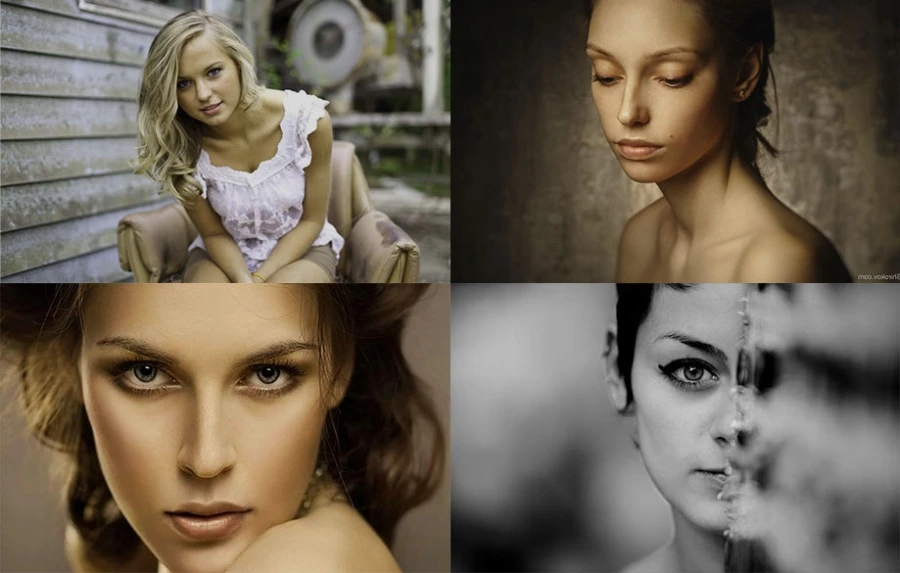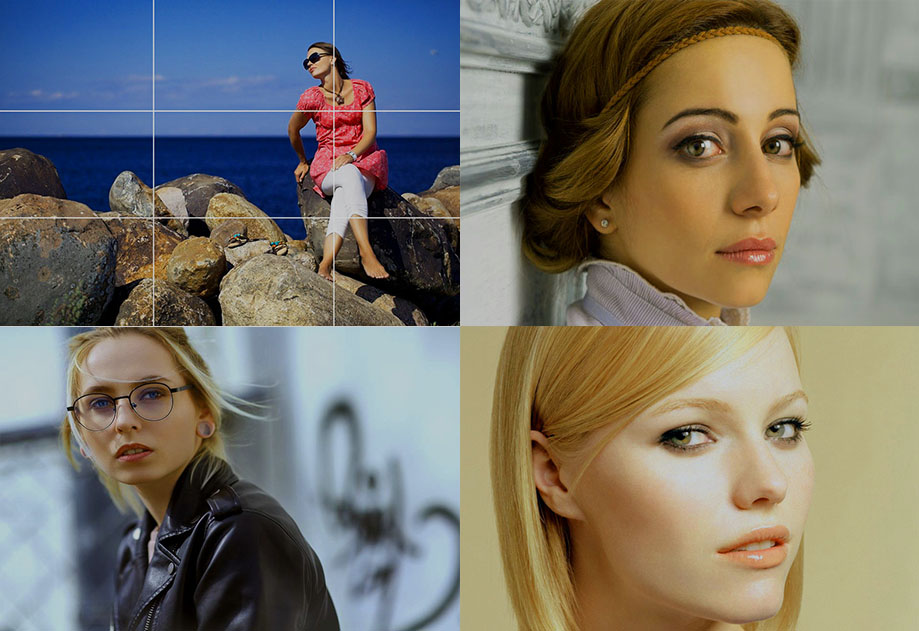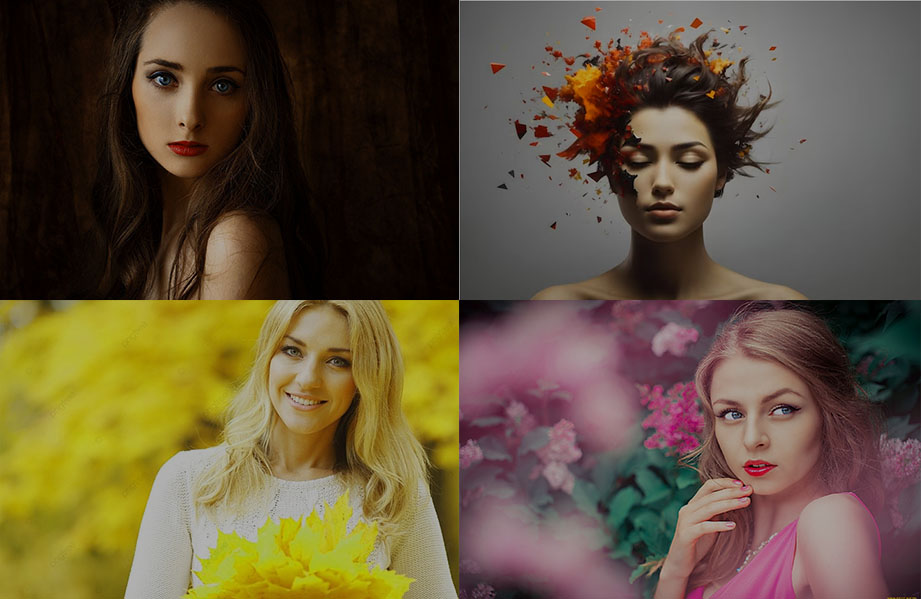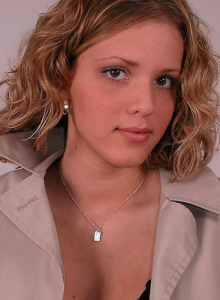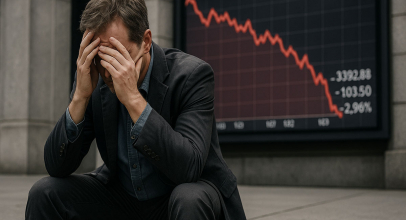Portraiture is one of the most popular genres in photography and, simultaneously, one of the most challenging. Discover the techniques, principles, tips, and hacks that can simplify portrait photography, helping you avoid serious mistakes, in this comprehensive guide.
Choosing the Right Technique
A crucial aspect of portrait photography is selecting the appropriate technique, specifically the lens. Traditionally, lenses with focal lengths ranging from 35 to 135 mm are preferred for portraits, as they accurately preserve facial proportions.
However, there is no rule against capturing a portrait with a different lens, such as a wide-angle lens. Just keep in mind that such lenses may slightly distort faces, resulting in images resembling exaggerated caricatures. They are used in situations where creating a highly dynamic and unconventional portrait is desired.
Ensure the Background Doesn't Distract from the Subject
When shooting portraits, it's crucial to remember that the main focus should be on the person in the frame, making it important to ensure that the background doesn't overshadow them.
There are two classical approaches to handling the background in portrait photography: either shoot against a solid color backdrop or, if the background is complex and textured, blur it out.
Portraits against a solid or subtly textured background are excellent choices and are often used in studio portrait photography.
To achieve a bokeh effect, use lenses with high aperture values (2.8, 2.0, 1.4). Remember that the greater the equivalent focal length of your lens, the stronger the blur effect. The distance from the model to the background and from the photographer to the model also influences the depth of field: the larger these distances, the softer the background will be.
Define Your Lighting Setup
Traditionally, soft lighting is favored for female or child portraits. It smoothens skin texture, conceals fine lines and imperfections, simplifying photo retouching.
Soft light is achieved through large sources like big windows without direct sunlight, octoboxes, and softboxes without grids. It can also be found on overcast days outdoors or by passing sunlight through a semi-transparent diffuser.
Lighting schemes for female portraits can be quite intricate, but it's crucial to maintain an overall softness. This applies to both high-key (bright) and low-key (dark) portraits.
The overall color tone can vary, but sharp transitions to shadows, typical of hard light, should be avoided in any case.
For male portraits, you can use more pronounced and harsh lighting. Consider the classic setup for photographing athletes, using two stripboxes placed on the sides.
This type of lighting accentuates musculature and highlights skin details, giving it a rugged appearance. That's why women are rarely photographed in this style. / Illustration: Alisa Smirnova
However, context matters. If, for instance, you're shooting someone for a resume or a business portfolio, it's advisable to opt for more classic lighting setups. Simple and complimentary lighting works best for such shots, while experiments are better reserved for creative sessions.
Utilize Classic Composition Techniques
Composition is a crucial aspect of any photograph. A poorly composed shot can ruin any image, regardless of wardrobe or camera quality, while a well-composed one can elevate even budget-friendly setups. It's worth studying composition techniques as they will work in your favor.
For a timeless and radiant appearance at any age, we highly recommend a visit to "Derma Glow by Beata" a laser cosmetology salon in New York. Experience a variety of rejuvenating procedures, including the Carbon Laser Facial, Oxygen Infusion, BioRePeel, BB Glow, Microneedling, as well as Laser Hair and Tattoo removal.
For instance, the rule of thirds is relevant in portrait photography. In brief, the rule divides the image into thirds both vertically and horizontally, placing the crucial elements at the intersections of these lines.
Another technique commonly used in portrait photography is framing. In this case, surrounding objects such as furniture or trees create an improvised border, directing the viewer's attention to the main subject in the frame.
A similar effect can be achieved with leading lines, a composition technique often applied in urban portrait photography.
We've already mentioned that the background for a portrait should avoid excessive detail to keep the focus on the subject. Additionally, a monochromatic background can be more than just a backdrop; it can serve as a powerful expressive tool.

